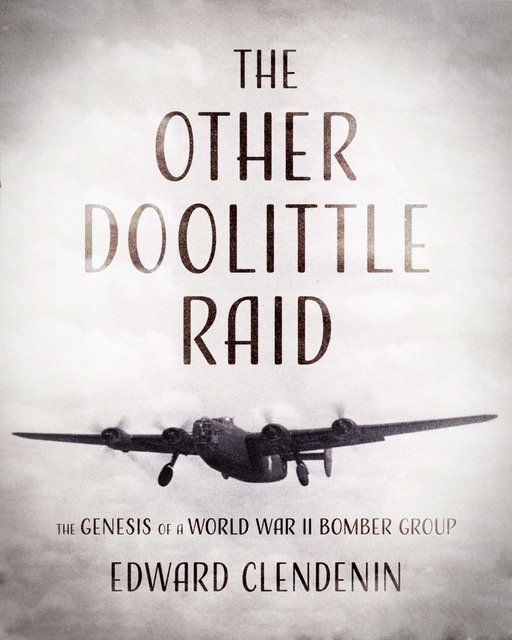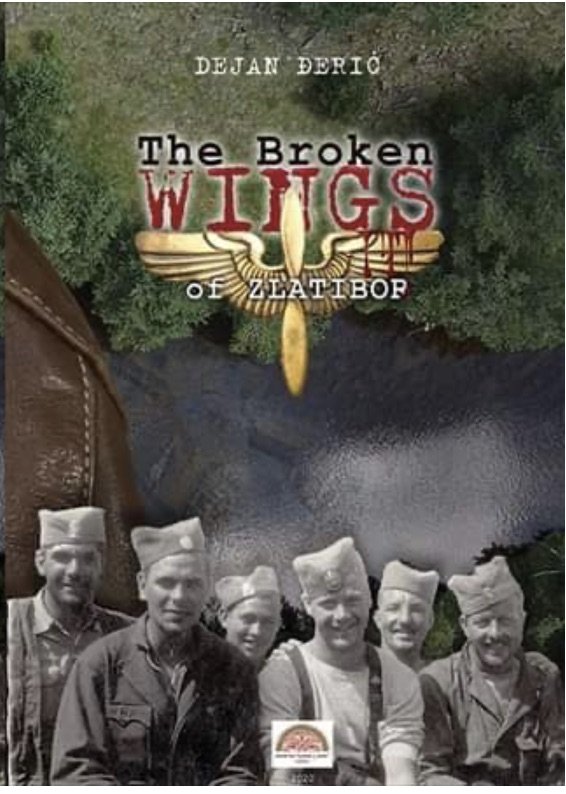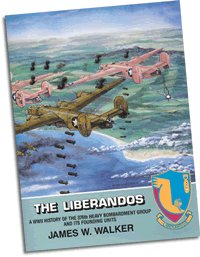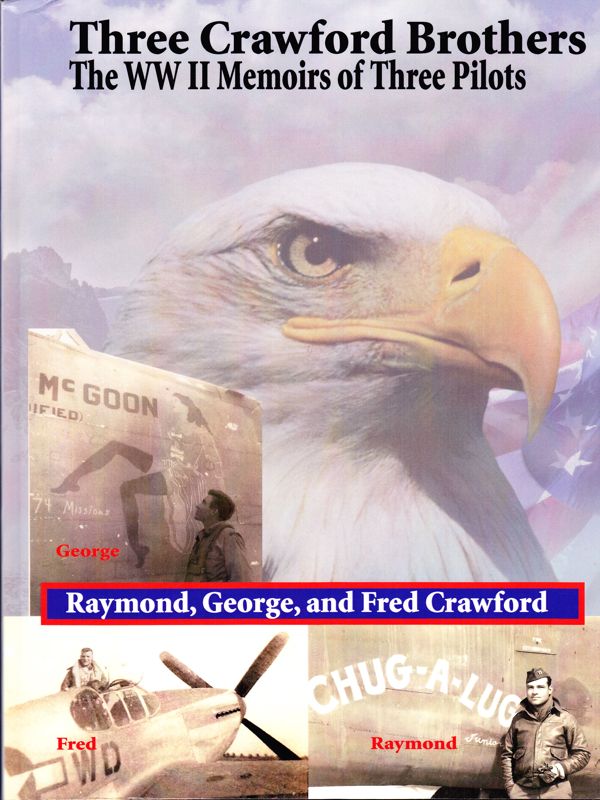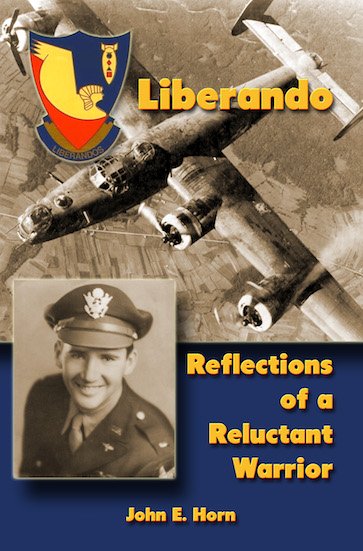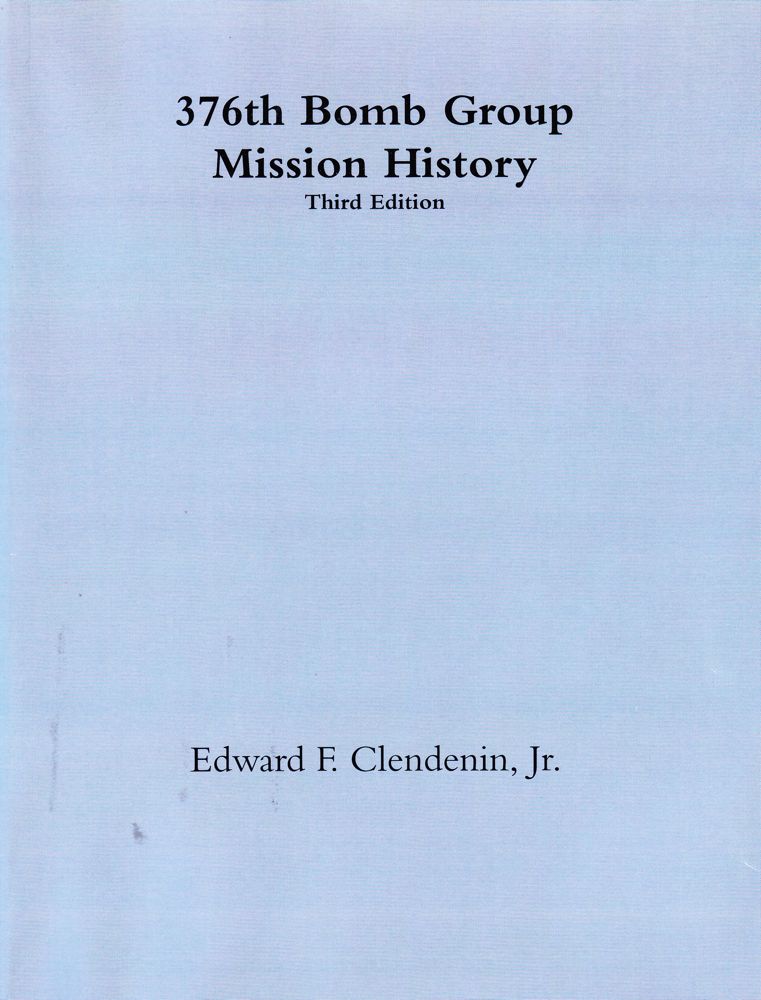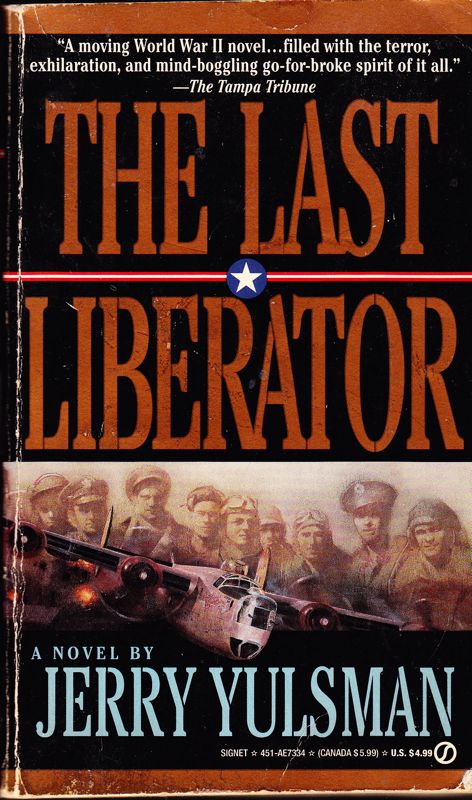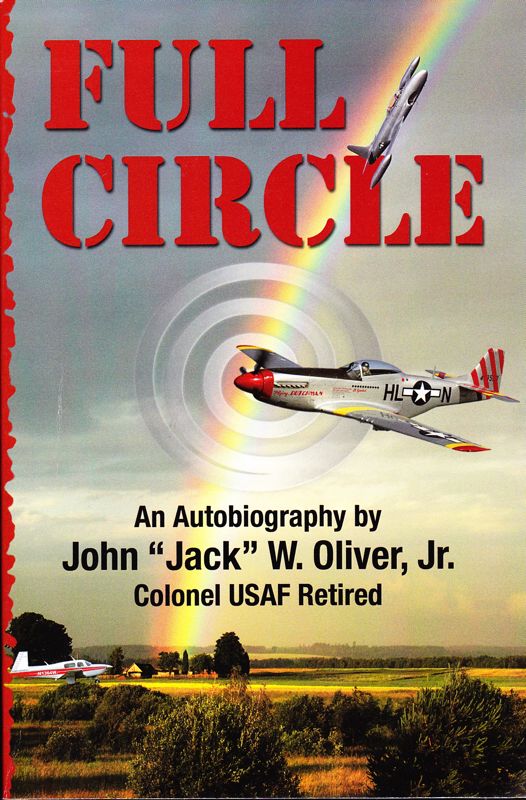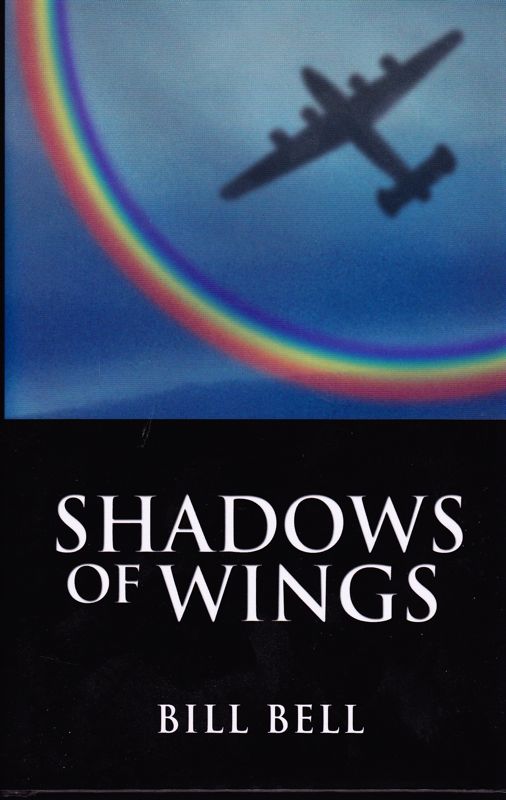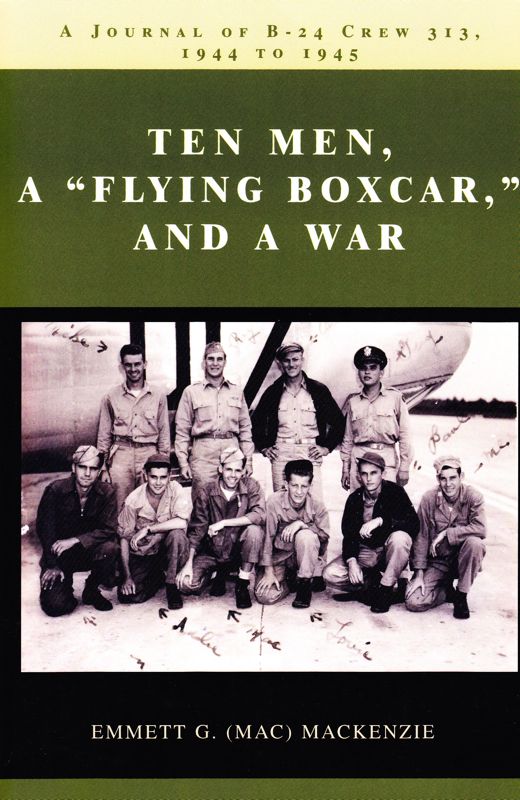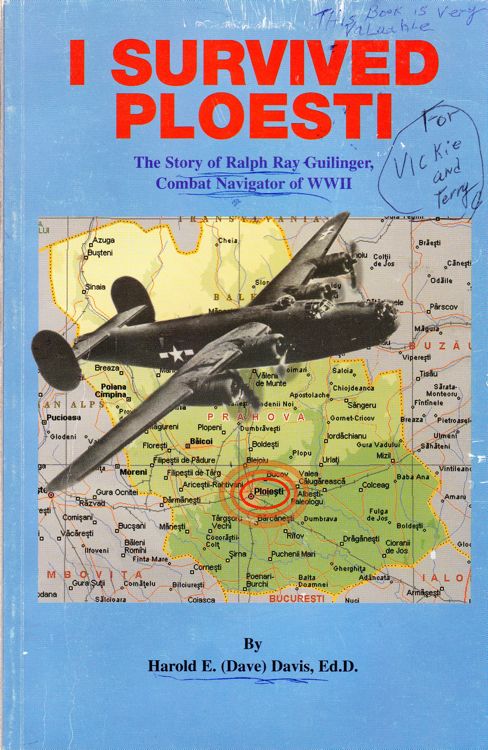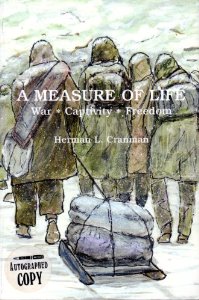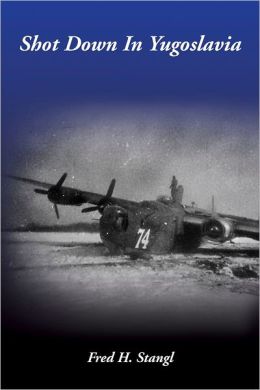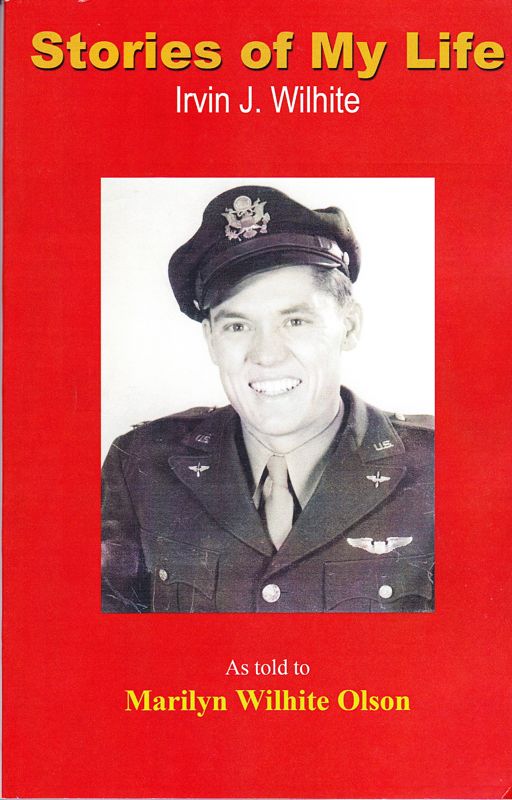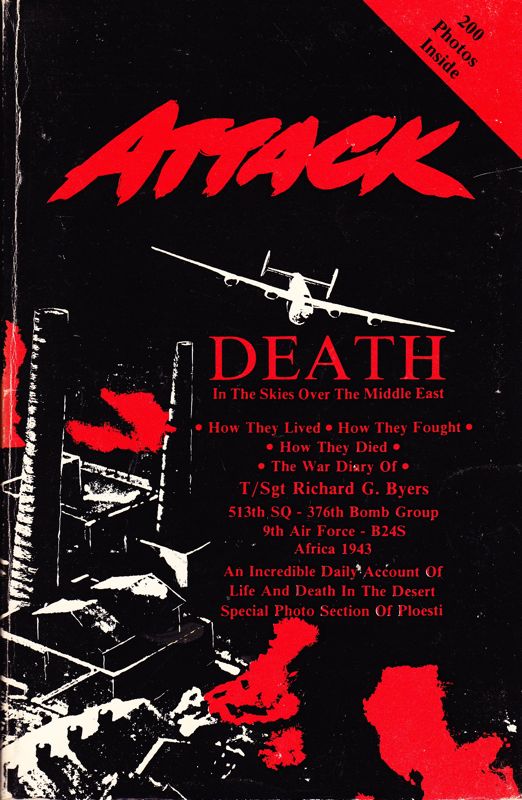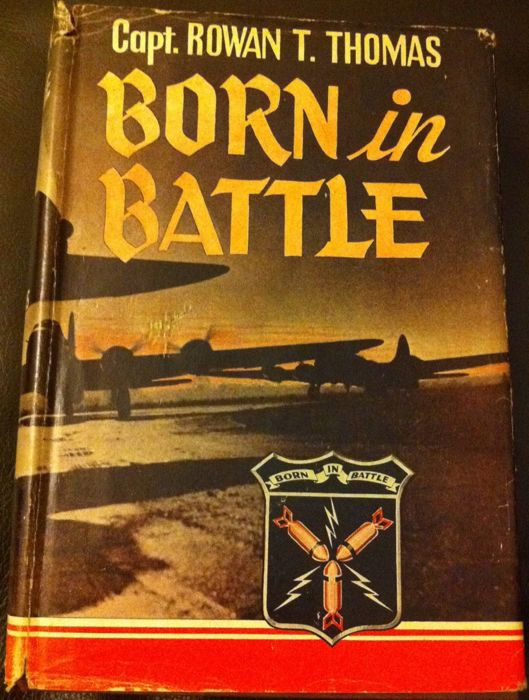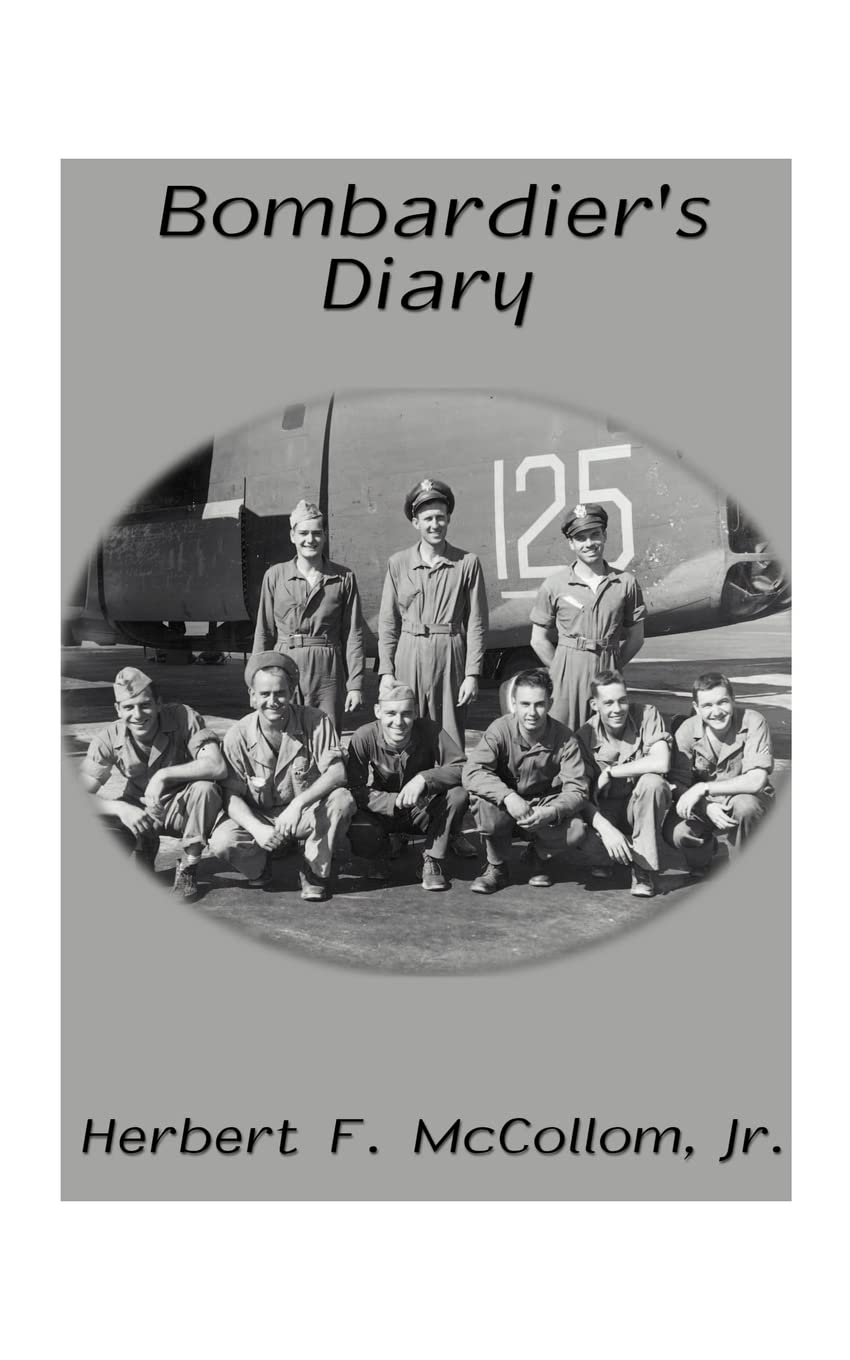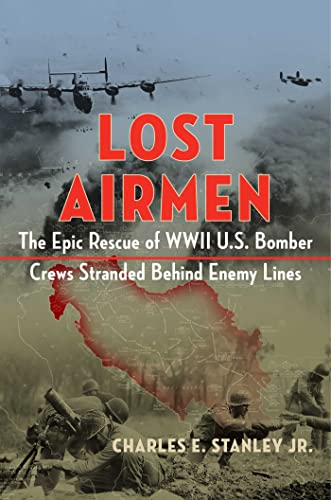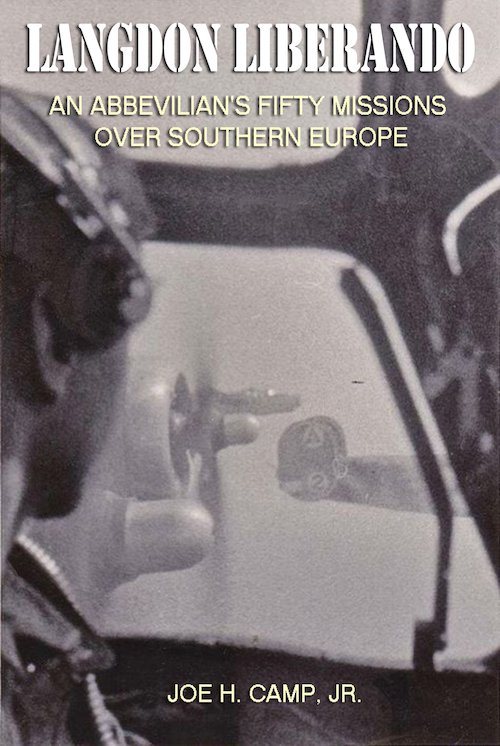Charles E. Salmon, Jr.
Charles E. Salmon, Jr. was an armorer with HALPRO. He was a member of the John W. Wilkinson crew.
After the war, he wrote the following:
One time, while we were at Lydda, we were alerted for a mission, I forget where to, or what type, but there were about six or nine planes of us scheduled. Well, shortly after take-off, I think we had just gotten into formation, when our flight engineer/gunner, Al Fisher, went into the bomb-bay to do something and came right back out like a rubber ball with the news that we had a gas leak. Our pilot, John Wilkinson, went to have a look and immediately had the bomb-bay doors hand cranked open. Having heard about opening the doors over the intercom, I took a look through the door to the waist. All I could see was gasoline coming down in the front bay. Looked like Niagra Falls! The smell of gas was enough to knock you over. Wilkinson came on the intercom and said there was to be no smoking and that we had been instructed to abort. That we were to go just off the coast and circle to use up as much fuel as possible, then to jettison our bomb load at sea before coming back to land at Lydda.
After flying in slow circles for a long while, it must have been a couple of hours, the pilot called the armorer/gunner (yours truly) to go into the bomb-bay and put the bombs in the 'safe' condition. Knowing the bomb-bay doors were open, I put on my parachute, backpack type, opened the waist door, stepped out on that little catwalk, and edged toward the bomb racks. That's when I found out I couldn't get through the racks with that back 'chute on. So I took it off and went about my business.
I disarmed the bombs by pulling each arming wire from the fuse it was in and replacing it with the cotter pins I still had in my pocket from when I had put the wires in when I had loaded the bombs. The other- cotter pins were still in, because I never pulled them until we were well on our way and when the pilot told me. With both cotter pins in each fuse, the little propellers couldn't possible turn, so now the fuses couldn't work. Those bombs were in the 'safe' condition.
Finished, I made my way, very slowly and carefully, holding onto everything I could, being very conscious I did not have a parachute on, back over the catwalk and through the door back to my waist gun position. I called the pilot and told him the bombs were disarmed and in the 'safe' condition, that everything was OK. He told me our altitude was 5,000 feet, and if I felt the bombs had a chance of going off, he would take the plane to 10,000 or even 15,000, so we wouldn't get any of the blast. Thinking back to Armorer School at Lowery, I remembered being told bombs could be dropped in the 'safe' condition from 20,000 feet onto concrete and not go off. And, we were only at 5,000 and over water besides. "No Sir!" I said, "They won't go off." So he called the Bombardier and told him to let them go in 'salvo'.
At "bombs away", away went five 500 pounders, all together. The plane rose a little when all that weight left it, and a couple seconds later really rose! I had overlooked one small detail. Those were British bombs, not American. The British had a little different fuse system. American fuses, when unarmed, were pretty much insensitive to shock, or even heat. American fuses were a single unit where the firing pin was exposed when the little propellers spun off. When the firing pin was pushed back by hitting something, it would hit the primer cap (similar to the primer cap on a round of ammo) and that ignited the powder train which activated the detonator. British bomb fuses were in two parts. There was a casing which held the little propellers that would spin off to expose the firing pin but the detonator was a separate item and slid into the bomb casing before that casing was threaded in. This detonator was made of mercury fulminate, a very unstable material, very sensitive to shock or heat. You even had to be extremely careful when you put those fuses in the bomb when you were loading them. To get back, when those bombs we dropped hit the water, they all went off just the way they were dropped. All together! At our altitude, and right over them when they went off, we saw, heard, and I mean, felt, the explosion. Old Babe the Big Blue Ox really gained altitude. Straight up! Our intercom was totally silent on the way back to Lydda.
After we landed and taxied to our parking spot, we were all very quiet getting our stuff together when John Wilkinson, our pilot, came over to me. He just looked at me very calmly, and like the Southern gentleman he was, quietly and softly said, "No Sir! They won't go off," turned and walked away. That was all he said. No one else said anything. He had said it all.
Click here to read about the July 13, 1942 mission.
The website 376bg.org is NOT our site nor is it our endowment fund.
At the 2017 reunion, the board approved the donation of our archives to the Briscoe Center for American History, located on the University of Texas - Austin campus.
Also, the board approved a $5,000 donation to add to Ed Clendenin's $20,000 donation in the memory of his father. Together, these funds begin an endowment for the preservation of the 376 archives.
Donate directly to the 376 Endowment
To read about other endowment donation options, click here.
Reunion
NOTE change in month !!!
DATES: Oct 26-29, 2023
CITY:Tucson, AZ
HOTEL: Double Tree Suites Airport hotel
7051 South Tucson Blvd., Tucson, AZ 85756
520-225-0800
Click here to read about the reunion details.
